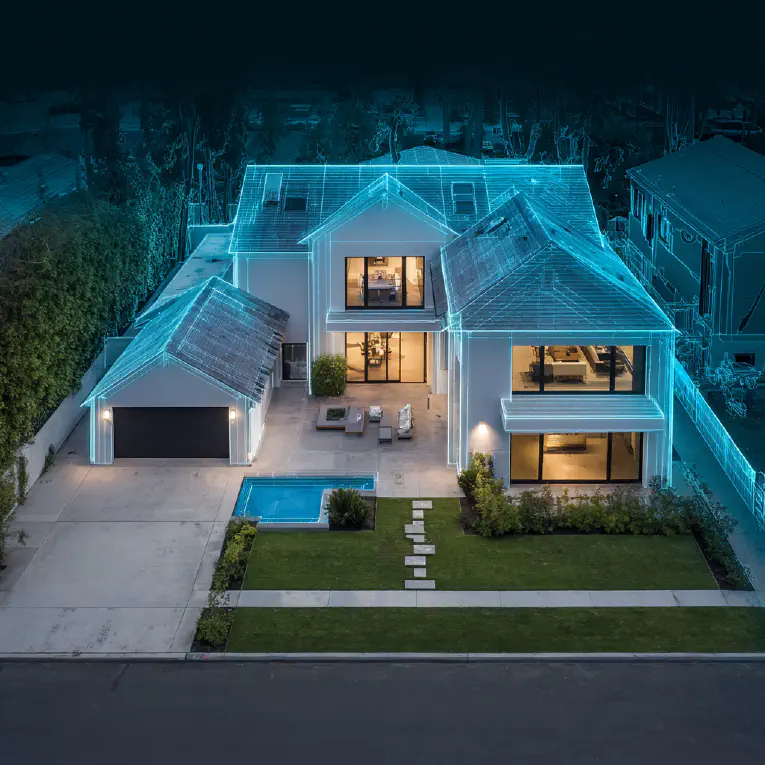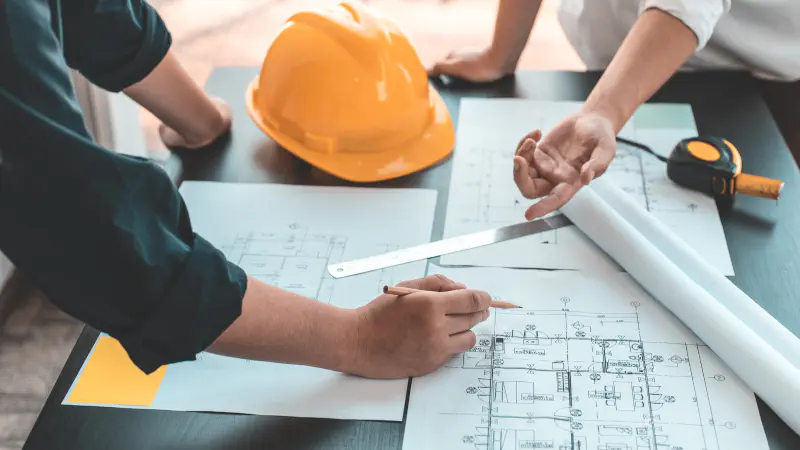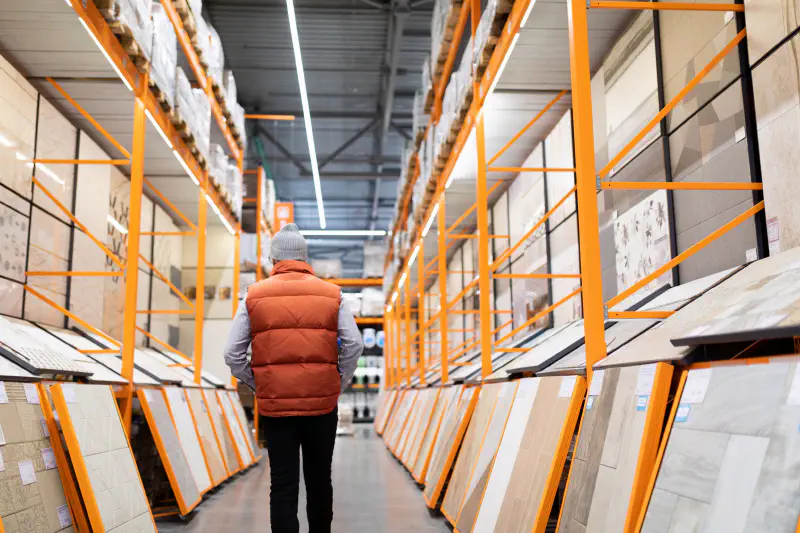Reduce your costs and preserve your assets.
Using Magic Window, learn what your community risk score is due to increasingly extreme weather.
Find out what remediation actions you can potentially do to qualify you for insurance discounts, grants, tax credits, and other community programs targeting homes at risk in America.

























